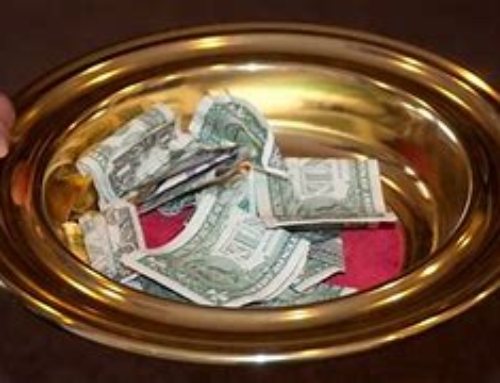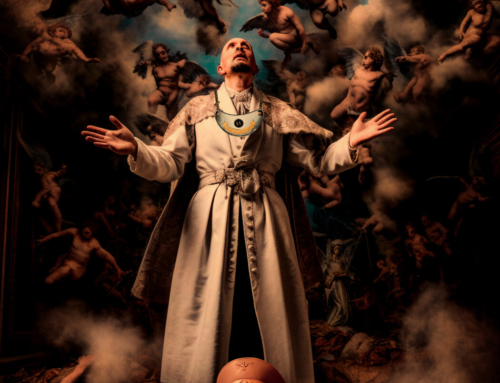The thing we find strange about today’s gospel of the wedding feast is the fellow who did not have a wedding garment.
What was the wedding garment that the king deemed so important? First we have to put ourselves back in Jesus’ time. Clothes were expensive and poor people probably had only two sets of clothes. They were almost certainly made of itchy, hot wool with perhaps some linen underclothes at most.
Lightweight fabrics like cotton and silk were hugely expensive. Cotton came from Egypt and India. Silk from China. If clothes were colored they were expensive because the dye was expensive. Purple was made from gland of a mollusc. Blue was the most expensive because it was made from the precious stone lapis lazuli that was ground down into a powder. Crimson was gathered from insects and yellow was taken from the expensive saffron.
Joseph’s “coat of many colors” in the Old Testament was therefore a very expensive gift from his father. He probably bought it from traders coming from India to the port of Yemen on their way across the Arabian peninsula to Egypt and the coat was probably extra special because it was made from cotton or silk.
It was the custom of kings when they gave a feast to give beautiful robes to their guests. Sometimes the robes were a gift or other times loaned from the royal wardrobe.
This beautiful robe, was therefore, the wedding garment in the parable. How churlish and ungrateful for the guest to refuse it! No wonder he was thrown out.
In the divine liturgy the vestments of the priest and deacon are meant to be of fine fabrics and beautifully made because they symbolize this wedding garment in the parable. This is why cheap polyester vestments are not only unworthy, they do not carry the symbolism of beautiful vestments.
When we understand the spiritual significance it becomes even more important: the fathers of the church taught that the wedding garment in the parable stood for grace or God’s love poured out upon us. What a beautiful symbol! The wedding garment is a beautiful, rich gift of the king himself, from his own riches.
We are robed in his goodness and clothed in his righteousness by his grace. In the early church the catechumens would come to church on Easter Eve dressed in their old clothes. They would then strip naked to be baptized and born again. Then they would be given white robes to wear marking their new birth. This too is a vestment through which each of the baptised are clothed in Christ’s righteousness.
So the next time someone asks you why Catholic priests wear all those fancy robes…
You’ve got the answer ready!
Sorry for the problems with the website over the weekend! We think it is all okay now. If you tried to subscribe and had problems it is because we working out the hiccups in the blog-website. All should be good now! thanks for your patience. Go here to sign up as a Donor-Subscriber.







Leave A Comment
You must be logged in to post a comment.